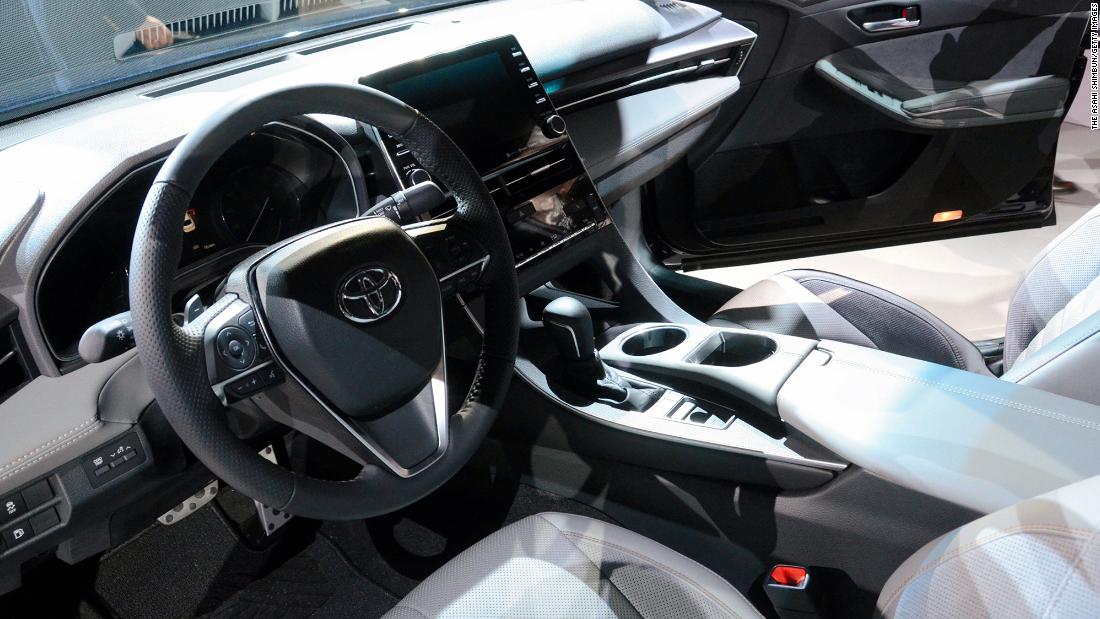Some home alarm systems, roadside assistance features and medical devices could be impacted as the network shuts down next week
With AT&T’s 3G network shutting down next week, and other carriers following suit later this year, a range of products require updates to continue working, including some home alarm systems, medical devices such as fall detectors, and in-car crash notification and roadside assistance systems such as General Motors’ OnStar.
The introduction of 3G in 2002 allowed some early car infotainment systems and home security services — pioneers in the smart home space — to connect to the networks. But over time, wireless companies moved on to 4G and more recently 5G networks.
What companies are doing about it
Some industries are better set up to handle the change. Many home security companies, for example, have been migrating their subscriber bases from 3G to 4G over the past two years. “From the most recent industry discussions I’ve participated in, it appears most US home security dealers have migrated 100% or very close to 100% of their subscribers so it’s not on most providers’ to-do lists any longer,” said Jack Narcotta, principal industry analyst at Strategy Analytics.
But even with these efforts, some customers and systems will likely get left behind — and not just home security and car assistance services.
“A few million connected devices in the smart home space still need to be replaced, including my meter for my solar panels,” said Roger Entner, analyst and founder of Recon Analytics. “Some companies started reaching out to their customers over the past 2 years informing them that service would soon shut off, but as of 6 months ago, many products still haven’t gotten around to replacing them yet.”
The auto industry is in more of a gray area. In addition to software upgrades, some automakers are offering consumers newer parts to add to existing technologies to get them running on 4G. But some are offering no accommodation at all. This is compounded by consumers likely being less aware of which network their car systems use than which network their phones use.
“A fair number of people are going to be surprised,” said Sam Abuelsamid, principal analyst with Guidehouse Insights, a market research firm focused on emerging technologies. “But if they’re currently a paying subscriber to a connectivity service, they most certainly have been notified at this point.”
What you can do about it
As a general rule, most cars built in the last five years with connectivity are using 4G modems, according to Abuelsamid. Anyone who isn’t sure if their vehicle is going to lose connectivity can call their local dealer for more information.
If the car does use 3G, Abuelsamid recommended customers ask the manufacturer if there is an upgrade program and, failing that, contact the carriers, which can provide an adapter with a modem that can be plugged into a vehicle.
For those who are unsure if their home alarm system runs on 3G, the security company likely has an FAQ page on its website with a list of impacted model numbers. Customers can also call the company directly to ask and arrange for next steps.
Ultimately, it’s much easier to replace some items that run on 3G than others. “It’s easier to replace a 3G e-reader if you want to keep cellular connectivity than it is to replace a car system, so some folks have an expensive decision to make if they want to keep their older auto connected with cellular,” said Bill Menezes, director at market research firm Gartner.
Future disruptions
It’s not the first time a network has been phased out nor will it be the last. The 3G shutdown is primarily intended to re-use the spectrum for 4G and 5G, which are newer standards, better technologies and more efficient. The same thing happened with 2G, which AT&T and Verizon shut down around the end of 2017; T-Mobile plans to shut its 2G network in December.
Last month, AT&T and Verizon turned on C-band 5G networks, an important set of higher radio frequencies that will supercharge the internet. The change will allow users to, for example, stream a Netflix movie in 4K resolution or download a movie in seconds. (Verizon said its C-band speeds reach nearly one gigabyte per second, about 10 times as fast as 4G LTE.)
In the home security world, 5G would give the ability to stream high-definition video or interactive mapping with motion detection so an alarm company could see where on a 3D map an alarm went off and track anything moving through the area. Moreover, 4G enables more sophisticated features, such as the ability to communicate with alarm companies faster and share pictures and rich videos over the network.
For those worried about seeing 4G household devices phased out, don’t be. Dimitris Mavrakis, a senior director at market research firm ABI Research, said the shut down of 4G networks won’t happen anytime soon, noting “other generations will likely remain in the market for a very long time.” Because 2G introduced mobile voice and 4G introduced mobile broadband, he calls 3G “somewhere in between” and “not ideal for either voice or mobile broadband.”
“Ultimately, 4G is a lot better than 3G,” he said. “This is why it’s being phased out.”
![]()


